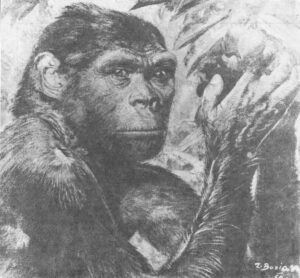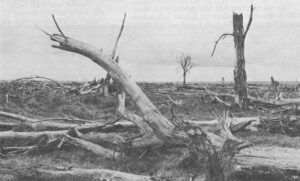
Japanese in the Amazon: The Riddle of Farming the Tropics
TOME-ACU, Brazil–Every evening, when work was done at the farmer’s cooperative, Noburo Sakaguchi would drive home to his small plot of land a few miles out of Tome-Acu, an agricultural village in the eastern Brazilian Amazon region. Sakaguchi, an agronomist by schooling but a woodsman




